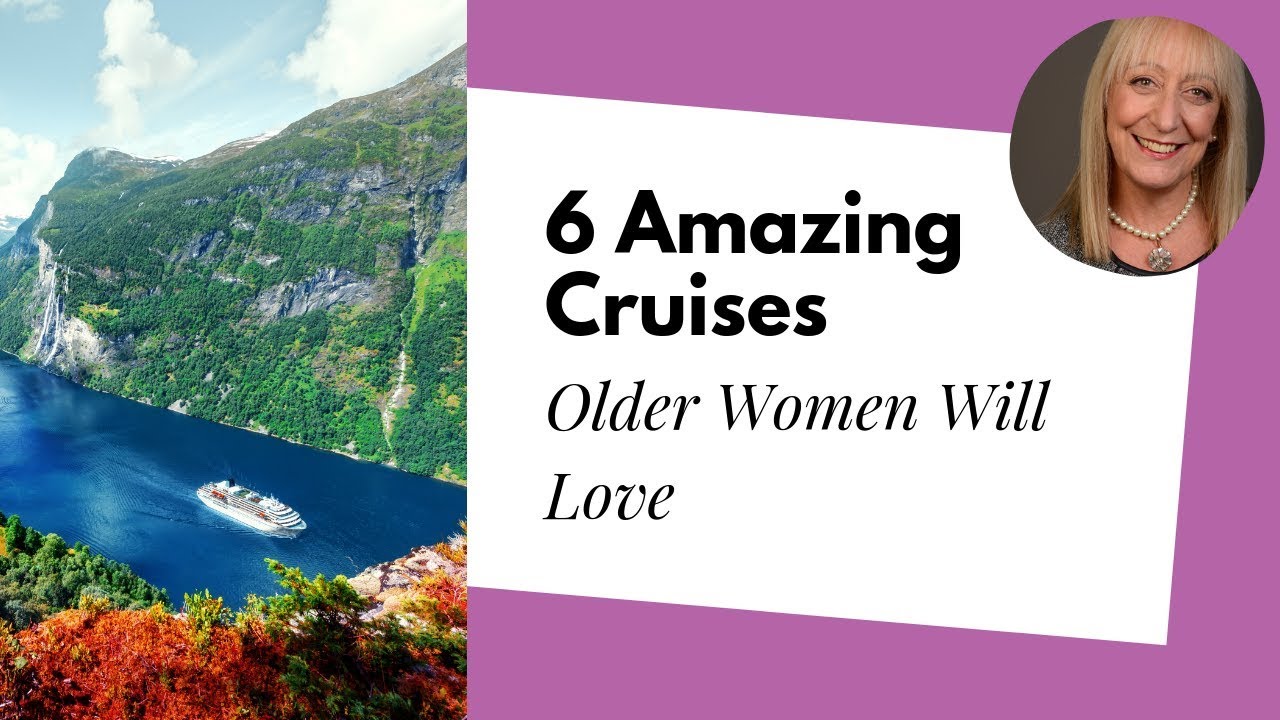Single senior tours offer a unique opportunity for mature travelers to explore the world independently, connecting with like-minded individuals and creating lasting memories. These tours cater specifically to the needs and preferences of solo seniors, addressing potential concerns while maximizing enjoyment and enriching experiences. Whether it’s an adventurous trek through the Andes or a relaxing cruise through the Mediterranean, single senior tours provide tailored itineraries and supportive environments.
This exploration delves into the specifics of this growing market segment, examining the demographics of single senior travelers, the diverse range of tours available, reputable tour operators, pricing structures, effective marketing strategies, safety considerations, and the crucial role of fostering community amongst participants. The aim is to provide a comprehensive overview, empowering both potential travelers and those in the travel industry to better understand and cater to the unique needs of this discerning demographic.
Tour Pricing and Value
Understanding the pricing structure of single senior tours is crucial for both travelers and tour operators. Several factors contribute to the overall cost, impacting the value proposition for potential customers. This section will detail these factors, outlining typical inclusions and exclusions, and suggesting ways to enhance the value for single travelers.
Factors Influencing Pricing
Numerous factors influence the pricing of single senior tours. These include the destination’s popularity and accessibility, the length of the tour, the level of accommodation (e.g., luxury hotels versus budget-friendly options), the included activities and excursions, the time of year (peak season versus off-season), and the transportation method used (e.g., flights, trains, coaches). The cost of hiring guides, providing meals, and managing logistics also play a significant role. Finally, the tour operator’s profit margin is factored into the final price. Higher-end tours with exclusive amenities naturally command a higher price point.
Typical Inclusions and Exclusions
Single senior tour packages typically include accommodation (usually single occupancy), transportation to and from the destination and during the tour, guided excursions and activities as detailed in the itinerary, and some meals (often breakfast and possibly dinner). However, exclusions frequently include items like travel insurance, personal spending money, gratuities for guides and drivers, alcoholic beverages, and optional activities not specifically listed in the itinerary. Clear communication regarding inclusions and exclusions is essential to avoid unexpected costs for the traveler.
Enhancing the Value Proposition for Single Senior Travelers
Tour operators can significantly enhance the value proposition for single senior travelers by offering several key features. These include creating itineraries that cater specifically to the interests and physical capabilities of this demographic, providing opportunities for social interaction and making new friends, offering discounts or promotions specifically for solo travelers to mitigate the single supplement, and ensuring that accommodation options are safe, comfortable, and accessible. Providing options for various budgets is also crucial, allowing for a wider range of travelers to participate. Excellent customer service and a well-organized itinerary are also paramount.
Pricing Comparison of Single Senior Tour Packages
The price of a single senior tour can vary greatly depending on the factors mentioned above. The following table illustrates potential price differences across different tour operators, destinations, durations, and levels of luxury. Note that these are illustrative examples and actual prices may vary.
| Tour Operator | Destination | Duration (Days) | Price (USD) |
|---|---|---|---|
| Globetrotter Adventures | Italy | 10 | 3500 |
| Senior Escapes | Costa Rica | 7 | 2800 |
| Wanderlust Tours | Alaska | 14 | 4500 |
| Silver Linings Travel | Portugal | 12 | 3900 |
Safety and Security
Traveling solo as a senior citizen presents unique safety and security considerations, differing from group travel or journeys undertaken by younger individuals. These concerns stem from potential vulnerabilities related to age, health, and independent navigation in unfamiliar environments. Tour operators must proactively address these concerns to provide a safe and enjoyable experience.
Potential safety concerns for single senior travelers are numerous and varied. Falls, medical emergencies, theft, and scams are all possibilities. Furthermore, seniors may experience difficulties navigating unfamiliar transportation systems or communicating effectively in a foreign language. The added layer of being alone amplifies these risks, demanding a robust safety protocol from tour operators.
Measures to Ensure Traveler Safety
Tour operators can implement several measures to mitigate these risks. Pre-trip briefings should cover essential safety information, including local emergency numbers, safe transportation options, and common scams to avoid. Tours should be structured to minimize strenuous activities and incorporate regular rest periods, catering to the physical capabilities of older travelers. Clearly marked itineraries, readily available contact information for tour guides and emergency services, and readily accessible medical assistance should all be part of the standard package. Consideration should also be given to accommodations—ensuring accessible rooms and appropriate proximity to medical facilities are crucial.
Managing Emergencies During a Tour
Effective emergency response plans are crucial. These plans should outline clear procedures for handling various scenarios, including medical emergencies, accidents, and lost or stranded travelers. Tour operators should have a designated emergency contact person available 24/7, and pre-arranged relationships with local medical providers and transportation services are essential. Regular check-ins with travelers, especially those traveling alone, should be part of the routine. The use of GPS tracking devices, while respecting privacy concerns, can provide an extra layer of security, allowing for rapid response in case of emergencies. A detailed emergency plan should be provided to each traveler prior to departure, outlining clear steps to take in different situations.
Importance of Travel Insurance for Single Senior Travelers
Travel insurance is paramount for single senior travelers. It offers financial protection against unforeseen events, such as medical emergencies, trip cancellations, and lost luggage. Comprehensive policies should cover medical expenses, emergency evacuation, and repatriation. Specific policies catering to the needs of senior citizens are often available, providing enhanced coverage for pre-existing conditions and age-related health concerns. The financial burden of unexpected medical expenses abroad can be substantial; therefore, adequate travel insurance is not merely recommended but essential for peace of mind and financial security. The added vulnerability of solo travel makes comprehensive insurance an absolute necessity.
Conclusion
Ultimately, the success of single senior tours hinges on understanding the specific desires and concerns of this demographic. By providing tailored itineraries, fostering community, prioritizing safety, and employing effective marketing strategies, tour operators can unlock a significant market brimming with experienced and enthusiastic travelers seeking enriching adventures. The focus should remain on creating unforgettable experiences that blend exploration, relaxation, and social connection, ensuring a rewarding and memorable journey for each participant.




